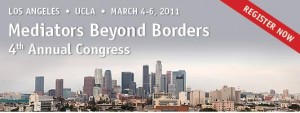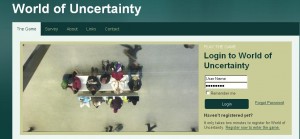The Art of Adversity
“Difficulties are meant to rouse, not discourage. The human spirit is to grow strong by conflict.”
~ William Ellery Channing
As a young boy with a severe learning disability, Chuck Close was told not to even think about college. Nevertheless, he went on to get his MFA from Yale and became a world renowned artist. Even though he has a condition called face blindness and can’t recognize faces in three dimensions, Chuck Close is known for his portraits and his unique technique of painting on a grid.
Artist Janet Echelman goes to India to exhibit her works and discovers that her paints went missing in route from the U.S. to India. This experience forces her to learn a new art material. Now, she makes monumental, fluidly moving sculpture for urban airspace that responds to the environmental forces of wind, water, and sunlight.
Dale Chihuly is a glass sculptor and entrepreneur. His story is described in the book “Iconoclast: A Neuroscientist Reveals How to Think Differently,” by Gregory Berns. In 1976, while Chihuly was in England, he was involved in a head-on car accident during which he flew through the windshield. He was blinded in his left eye and has been wearing a black patch over the injured eye since then. The loss of depth perception forced him to look at the traditional art of glassblowing differently. Ultimately, he departed from the traditional symmetry standard, experimenting with asymmetric sculptures he is now known for. A few years after the accident, Chihuly dislocated his arm while surfing. Unable to blow glass himself, he hired a team of artists to work in the hotshop he supervised. This change in the work process led to large-scale operations and his commercial success.
We often hear that we need to think outside the box to be creative. Adversity can lead to innovation in art and life because it destroys the proverbial “box.” Adversity forces people to perceive the world differently. Some get lost without the “box.” Adversity can unleash a whirlwind of emotions and sweep people off their feet into the dark tunnel of fear, denial, blame, shame, surrender. Some, however, are capable of emerging on the other side stronger, more resourceful, and more creative than before. They go on to construct a new “box” – their new reality where they continue to develop, probe, and fine-tune their new identity and understanding of the world. The brain needs the “box” as a mental pattern and a symbol of control over our environment. The brain is a prediction machine and the “box” makes things predictable. Sometimes, the act of building such a “box” out of a new fabric of beliefs, in a new place, with new tools, among new people becomes a creative process in itself.




